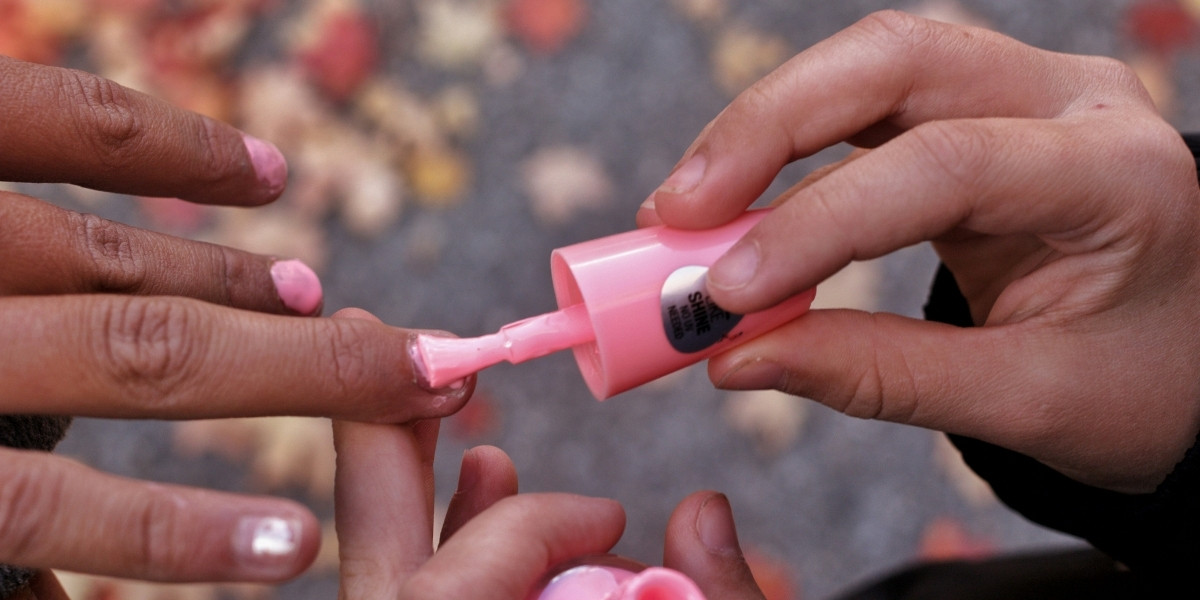Chocolate—whether in the form of a rich, dark bar, a creamy truffle, or a decadent hot drink—holds a special place in our hearts and minds. Its allure transcends generations, cultures, and even the ages, bringing joy, comfort, and a touch of indulgence. But how did chocolate become the beloved treat we know today? What makes it so irresistible? And what science is behind its comforting embrace?
Read Also: Time-Saving Workouts for Busy People
The Sweet History of Chocolate
The story of chocolate begins thousands of years ago, in the ancient civilizations of Mesoamerica. The Olmecs, one of the earliest cultures in the region, were the first to cultivate cacao trees and make a drink from the seeds. They believed cacao was a gift from the gods, and it played an important role in religious ceremonies and rituals.
Later, the Mayans and Aztecs further embraced cacao. The Mayans brewed a frothy, spiced drink made from ground cacao, water, and spices such as chili and vanilla, often consuming it during ceremonies or as a luxury drink. The Aztecs, on the other hand, valued cacao so much that they used it as currency. They also drank a bitter, frothy version of chocolate known as “xocolatl,” flavored with chili and sometimes honey.
It wasn’t until the Spanish arrived in the Americas in the 16th century that cacao made its way to Europe. Spanish conquistador Hernán Cortés is often credited with bringing chocolate to the Spanish court, where it was initially enjoyed as a spicy drink. Over time, sugar was added to sweeten the bitter beverage, making it more palatable to European tastes. By the 17th century, chocolate spread across Europe, transforming from a luxury drink enjoyed by royalty to a more common indulgence for the masses.
How Is Chocolate Made?
The process of turning cacao beans into the chocolate we know and love today is a delicate blend of science and artistry. It all starts with cacao trees, which produce pods filled with cacao beans. The beans are harvested, fermented, and dried, allowing the natural flavors to develop. After drying, the beans are roasted, and the shells are removed to reveal the nibs, which contain cacao liquor, the essential building block of chocolate.
The next step is grinding the nibs to produce chocolate liquor, which is then blended with ingredients like sugar, milk (for milk chocolate), and cocoa butter. The mixture is refined and conched—a process of continuous mixing and aeration—to achieve a smooth, velvety texture.
For dark chocolate, the process stops here, and the result is a rich, intense bar. Milk chocolate, on the other hand, includes milk powder or condensed milk, which contributes to its creamier and sweeter taste. The final product is tempered to create the perfect sheen and snap, resulting in the smooth and indulgent experience we crave.
The Science Behind Chocolate’s Allure
What makes chocolate so irresistible? The answer lies in both the chemistry of its ingredients and its effects on our brain. The key to chocolate’s addictive quality is the combination of sugar, fat, and cacao, which triggers the release of feel-good chemicals in the brain.
Phenylethylamine (PEA), often referred to as the “love chemical,” is one of the compounds found in chocolate that enhances feelings of happiness and pleasure. When consumed, PEA stimulates the brain to release endorphins, providing a mild euphoric feeling. Chocolate also contains small amounts of theobromine, a stimulant similar to caffeine, which can boost mood and energy levels.
In addition, chocolate is rich in antioxidants, particularly flavonoids, which are compounds that have been linked to improved cardiovascular health and cognitive function. These antioxidants help reduce inflammation and promote better blood flow, which is why moderate chocolate consumption is often considered beneficial.
The Sensory Experience of Chocolate
The magic of chocolate lies in its ability to engage all the senses. From the moment you unwrap a chocolate bar, the rich scent begins to tantalize your nose. As you take the first bite, the smooth texture melts effortlessly on your tongue, releasing its complex flavors. The sensation is both comforting and indulgent.
The sensory experience of chocolate is influenced by its composition—especially its cocoa content, milk, and sugar levels. Dark chocolate has a more intense, bittersweet flavor, while milk chocolate is creamier and sweeter. White chocolate, which contains no cocoa solids, offers a rich, buttery taste. The variety in textures and flavors across different types of chocolate provides endless opportunities for exploration.
Chocolate’s sensory experience extends beyond flavor and texture. The ritual of savoring a piece of chocolate, slowly letting it melt, is in itself an act of mindfulness, a moment of pleasure in an often fast-paced world.
Chocolate and Its Role in Modern Culture
Today, chocolate is an integral part of various cultural traditions and celebrations. From Easter eggs to Valentine’s Day heart-shaped boxes, chocolate is symbolic of love, celebration, and indulgence. It has become synonymous with moments of joy, whether it’s enjoying a hot cocoa on a cold winter day or sharing a box of chocolates with someone special.
Chocolate is also a central element in many contemporary culinary creations, from decadent desserts to artisanal chocolate bars with unique flavor profiles. With the rise of specialty chocolate makers and an increasing appreciation for high-quality, ethically sourced cacao, the modern chocolate industry has expanded to offer a range of premium products that emphasize quality, sustainability, and innovation.
Read Also: Dry Eyes Explained: Effective Solutions and Prevention Strategies
Ethical Sourcing and the Future of Chocolate
As the demand for chocolate continues to rise, there is increasing attention on the ethical implications of cacao farming. Many chocolate companies are now prioritizing sustainable and ethical sourcing practices, ensuring that farmers are paid fairly and that environmental impacts are minimized. Certification programs like Fair Trade aim to address issues such as child labor, deforestation, and fair wages in the cacao industry.
Consumers today are more aware of the origins of their food and are seeking out chocolate that is both delicious and ethically sourced. This growing demand for transparency and sustainability is shaping the future of the chocolate industry, pushing companies to adopt more responsible practices and work toward a more ethical supply chain.







